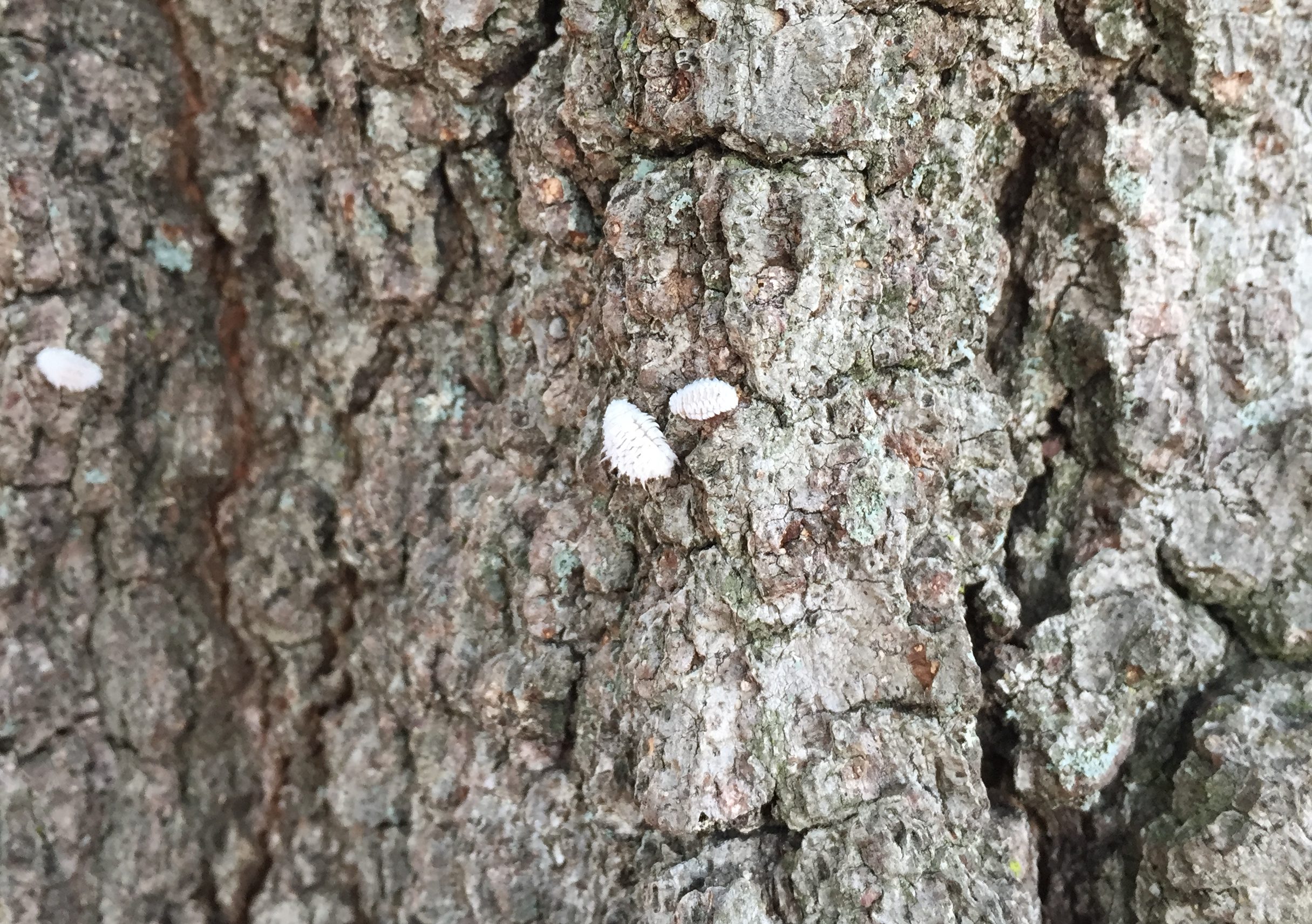Watch for Predators That Look Like Pests
go.ncsu.edu/readext?600787
en Español / em Português
El inglés es el idioma de control de esta página. En la medida en que haya algún conflicto entre la traducción al inglés y la traducción, el inglés prevalece.
Al hacer clic en el enlace de traducción se activa un servicio de traducción gratuito para convertir la página al español. Al igual que con cualquier traducción por Internet, la conversión no es sensible al contexto y puede que no traduzca el texto en su significado original. NC State Extension no garantiza la exactitud del texto traducido. Por favor, tenga en cuenta que algunas aplicaciones y/o servicios pueden no funcionar como se espera cuando se traducen.
Português
Inglês é o idioma de controle desta página. Na medida que haja algum conflito entre o texto original em Inglês e a tradução, o Inglês prevalece.
Ao clicar no link de tradução, um serviço gratuito de tradução será ativado para converter a página para o Português. Como em qualquer tradução pela internet, a conversão não é sensivel ao contexto e pode não ocorrer a tradução para o significado orginal. O serviço de Extensão da Carolina do Norte (NC State Extension) não garante a exatidão do texto traduzido. Por favor, observe que algumas funções ou serviços podem não funcionar como esperado após a tradução.
English
English is the controlling language of this page. To the extent there is any conflict between the English text and the translation, English controls.
Clicking on the translation link activates a free translation service to convert the page to Spanish. As with any Internet translation, the conversion is not context-sensitive and may not translate the text to its original meaning. NC State Extension does not guarantee the accuracy of the translated text. Please note that some applications and/or services may not function as expected when translated.
Collapse ▲Yesterday on campus willow oak trees I found lots of insects that looked like mealybugs. But they were faster than mealybugs and constantly moving around the tree bark. Mealybugs don’t move much. It turns out these are the larvae of lady beetles that specialize on scale insects. Oak lecanium scales are primary pests of willow oaks and these special lady beetles are primary predators of lecanium scales and other scales like tulip tree scales.

Hypoaspis spp. larvae on willow oak bark. These are larve of specialist lady beetles that eat scale insects. Photo:SD Frank
As all the lecanium crawlers hatch out these lady beetle larvae are hatching too. These lady beetles are in a couple related genera probably including Hyperaspis spp. You can read more about them in a previous post with great drawings. The important thing is to recognize they are not pests, they are predators so you can calm people (yourself) down who fear for their trees and may what to spray them.


